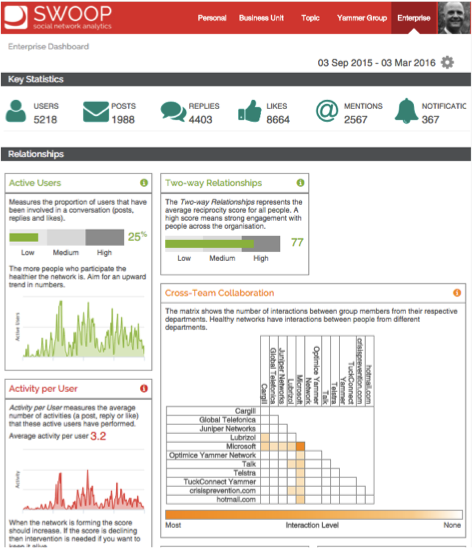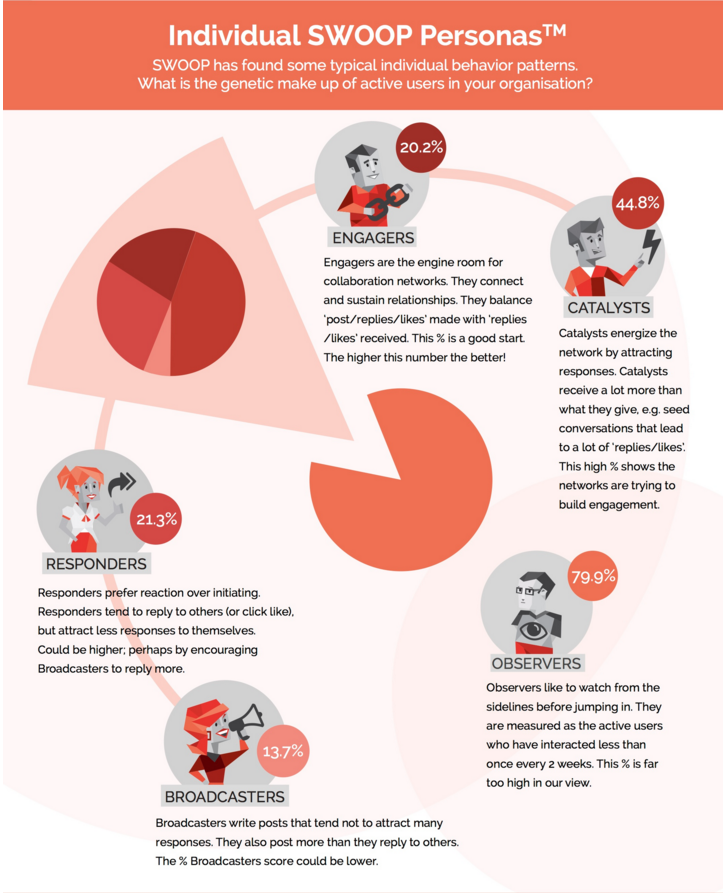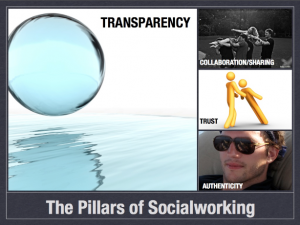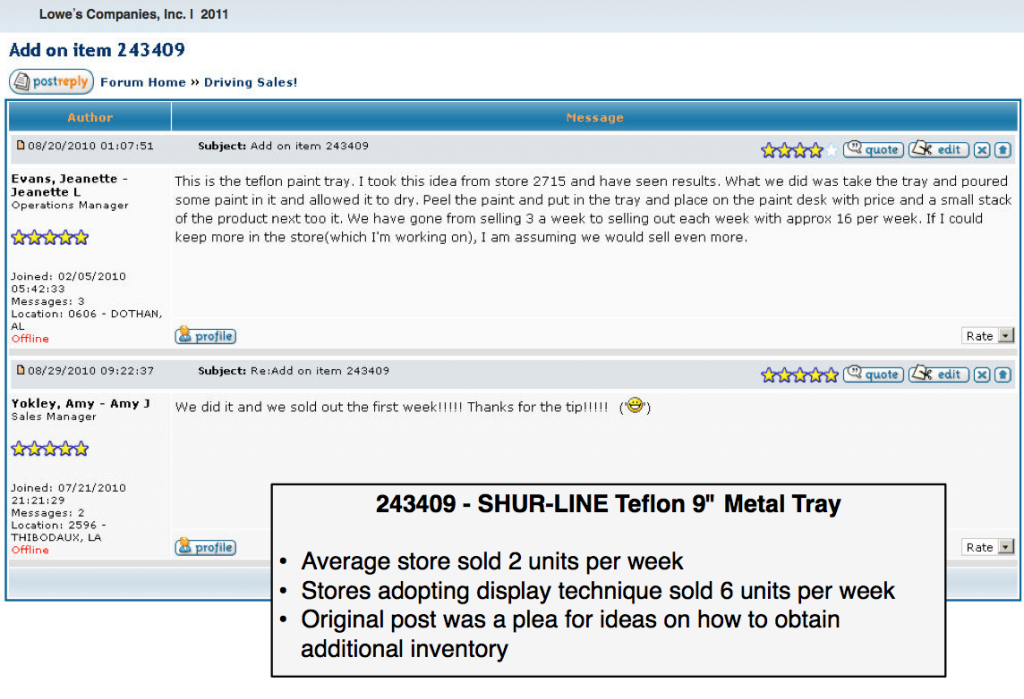This update is a follow up to our holiday greeting card. As promised, I alluded to a new direction we’re taking with SoCo Partners. Generally speaking, my partner and I are still focused on innovation and innovators in every tech sector. Yet, over the past few years, I’ve increasingly become fascinated with the massive step changes in increased speeds, bandwidth, and low latency coming with 5G. If you’re not familiar, 5G is the fifth generation of cellular mobile communications. It will ultimately replace where we are now at 4G LTE. Carriers began rolling out 5G in a handful of cities in 2018, and mobile 5G is starting now in 2019 in U.S. cities. By 2020, everyone will be familiar with 5G.
Last week at CES, everyone was talking 5G. The vision speak by the super groovy Verizon CEO was one of the best. It kicked off the massive event. You can watch the entire keynote here:
Growing up in N.J. and majoring in computer science, the goal for most of my fellow student grads was to secure a highly coveted job offer from the famous N.J. research facility: Bell Labs. Before the “phone company” was dismantled by the federal government, Bell Labs was its world-renowned research arm. Perhaps this is the attraction now for me– to circle back to the telecommunications sector– as I wind out this final phase of my tech career. I’ve always been drawn to tech creators and invention, and the Cambrian explosion of invention that is coming in every industry as a result of this next wave of infrastructure backbone is awe-inspiring.
To that end, here is what I’ve been up to. My longtime friend Keith and I started a communications strategy firm where we are using the power of storytelling to connect to audiences. It’s an interesting mix of what we both love to do (write), coupled with the savviness of years of understanding how innovation cycles work in tech. We created this Story Cube Method as a guide to help clients get started. Our goal is to capture real-life stories in this fast-growing sector as these innovations begin to emerge.
While we’re at the early stages of planning for this 5G-inspired future, there are many adjacent areas of interest that have captured my attention. Because of exploratory work I did working on big data while working on Big Mountain Data, I was fortunate to join the University of Central Florida’s (UCF’s) Master of Science Data Analytics program board. As a result of that work, I’m now contributing to the UCF Data Science Board, as well. Massive data is at the heart of the currency of the “everything” that 5G will connect, as explained by Verizon CEO Hans Vestberg. As such, all these areas of interest are converging for me.

One of the initiatives I’m pleased to be help bring to UCF again this year is the Women in Data Science 2019 (#WiDS2019) program. UCF will be one of the Ambassador hosts for the event, along with over 150+ other locations throughout the world, led by the team from Stanford University. I was able to recruit Daphne Kis, CEO of WorldQuant University, to be our keynote speaker for this event. Daphne is an icon in the women in tech and investor community. It’s a tremendous honor to have her travel to Orlando for our event, and we are pleased to have her join us on campus. We are in the process now of planning a terrific agenda for the students, faculty, and local employers.
I’m also assisting the producers of the Wireless Infrastructure Association (WIA) who will be hosting their annual spring Connect X conference here in Orlando get to know the innovators on the ground here in Central Florida. It’s a great opportunity to put our local teams in front of these national audiences while they’re in town and to showcase our local talent. A special thanks to Rob Panepinto for the introduction to the Orlando Economic Partnership that got the ball rolling out at CES.
Finally, I’ve been kicking around the idea of starting up another new and improved “Adoption Council.” This time, for enterprise customers* interested in understanding how they can prepare for the oncoming opportunities and challenges associated with the 5G transformation. I’ve been reaching out to former Council members and have received interest in this idea. If you want to be part of the exploratory group looking into this, sign up here. It feels like deja vu all over again. But in a really good, really fun way.
customers* interested in understanding how they can prepare for the oncoming opportunities and challenges associated with the 5G transformation. I’ve been reaching out to former Council members and have received interest in this idea. If you want to be part of the exploratory group looking into this, sign up here. It feels like deja vu all over again. But in a really good, really fun way.
The future is so bright, I gotta wear VR goggles…
*Just like The 2.0 Adoption Council, this is an early adopter community for large enterprises. No vendors, consultants, media, analysts, etc.







